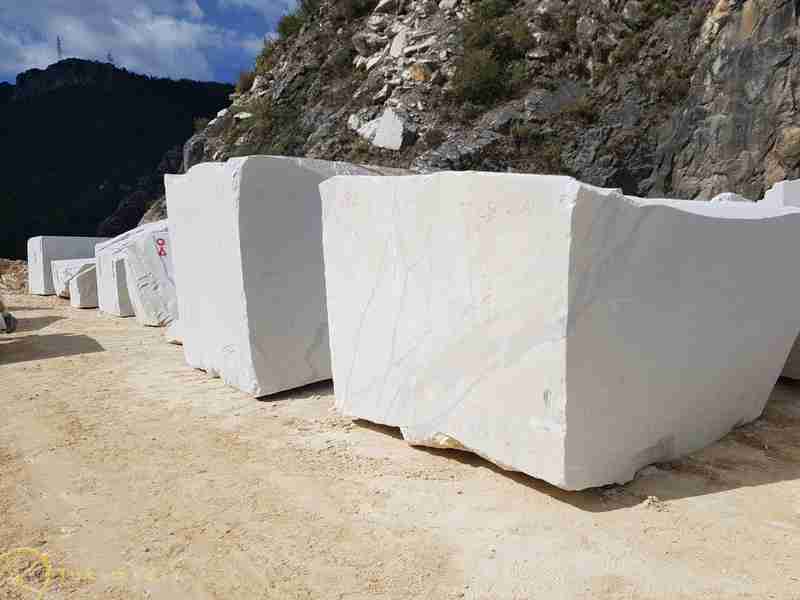Natural marble is a metamorphic rock (i.e. formed as a result of limestone metamorphism) consisting mainly of calcite with admixtures of other minerals and organic compounds.
In appearance marble can be divided into 3 types:
- monochrome marble;
- marble with spots, veins or patterns;
"breccia," he said, " is a mass of angular, multicolored debris.
If we consider the composition of marble, we can distinguish the following varieties:
- simple (pure) marble consisting mainly of crystalline limestone;
- composite marble containing in addition to limestone inclusions of other minerals in the form of veins;
- breccia;
- shell marble (or lumachella) containing inclusions of small fossil molluscs.
The color of marble depends entirely on its impurities. Marble can be both white and black, green, brown, gray, beige, yellow, pink, red and blue. The so-called marble pattern depends both on the structure of the rock and on the direction in which the stone is cut. The color and pattern of the marble appears after polishing.
The density of marble-about 2.2-2.6 g / cm3, and the hardness (on the Mohs scale)-2.5-3. Marble is a heat-resistant and frost-resistant material, practically does not absorb moisture and is very durable.




